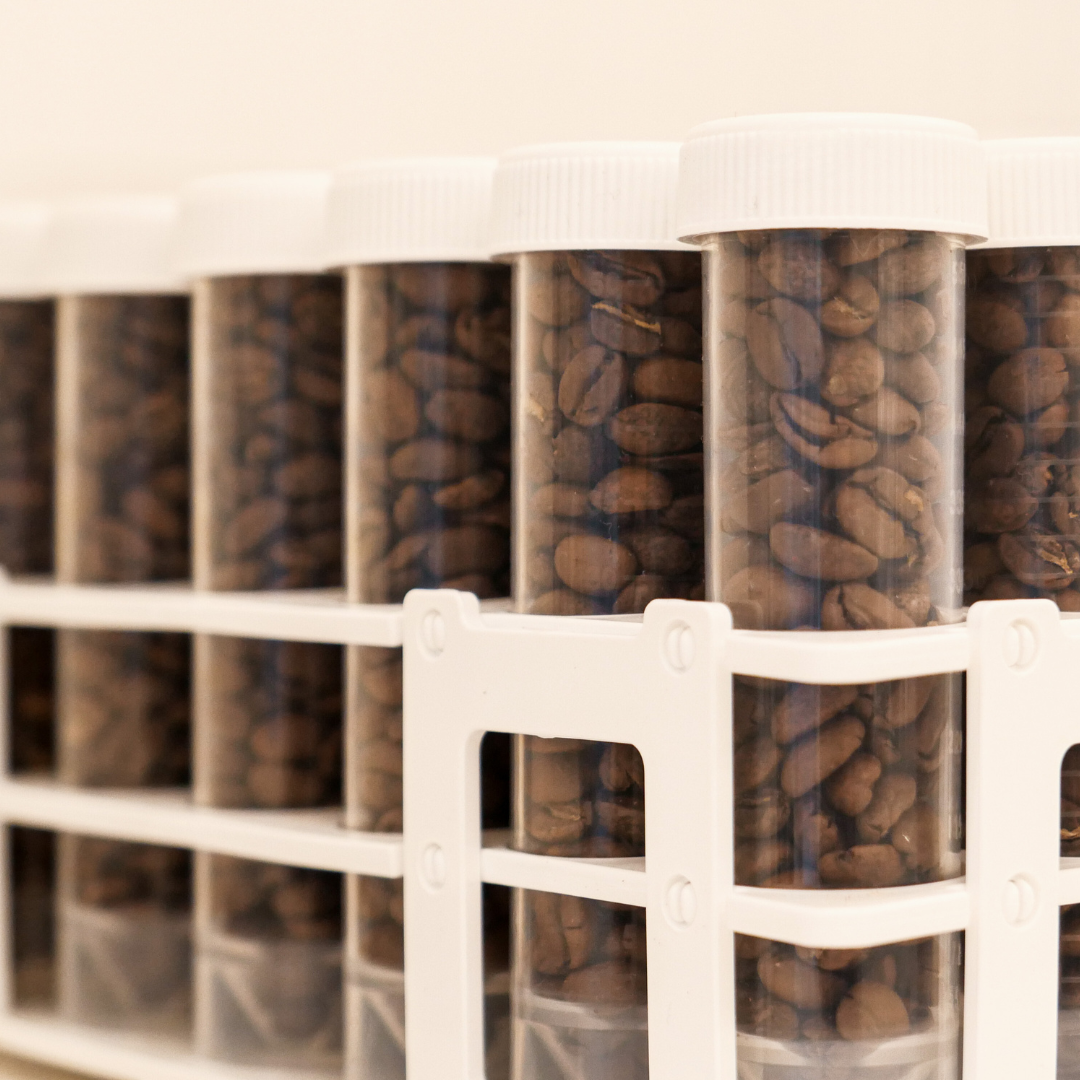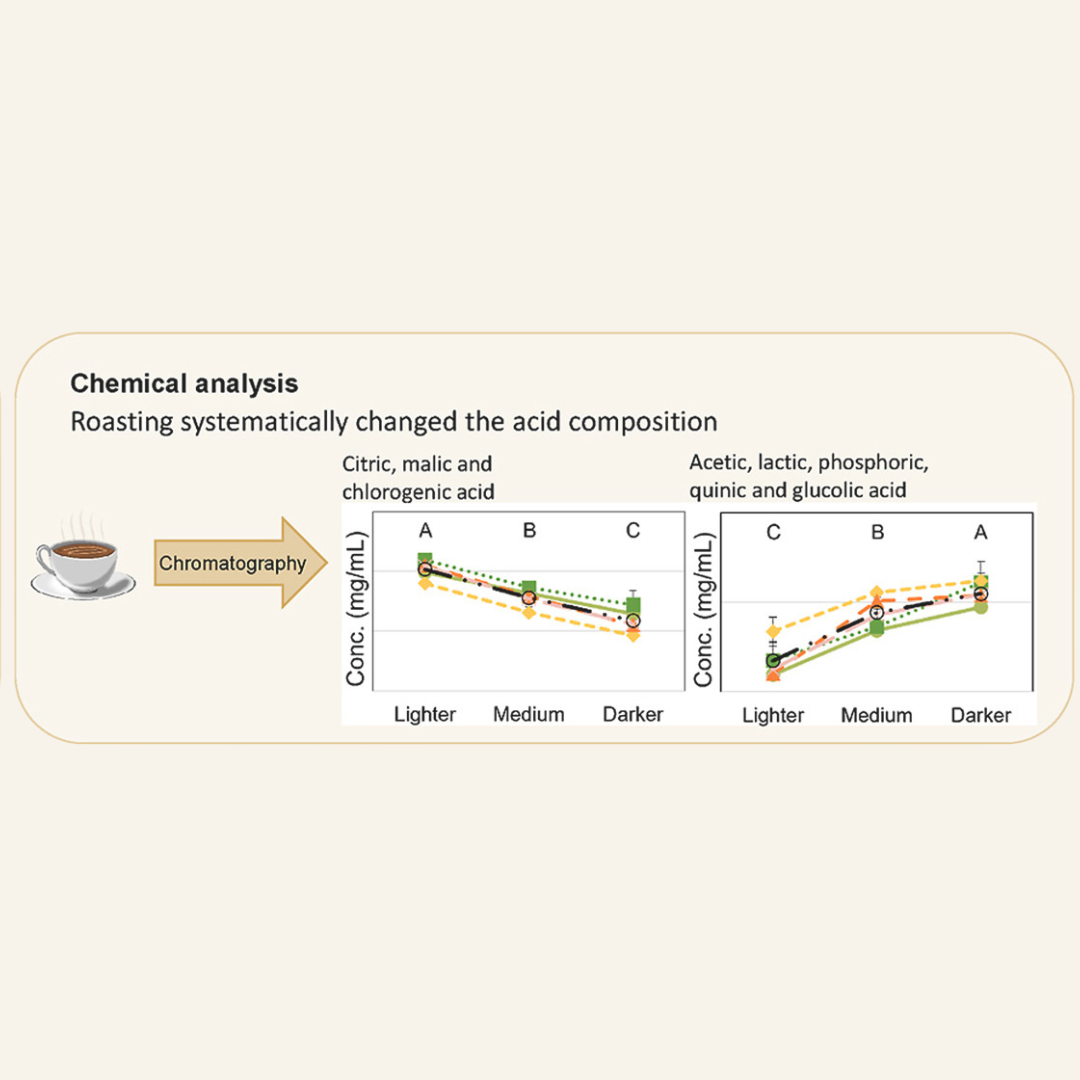Espresso and Roasting - 1
Everyone would have different opinions about this topic which is the correlations between roasting style and espresso. This topic might be subjective but it will explain enough about our roasting style and how baristas in Normcore approach in adjusting the variables of espresso extraction.
Roasting degree
There are many coffee roasters that usually describe about their roasting style as a light roast, medium roast, and dark roast. This is a way to categorise style by roasting degree. (To know more about this, please refer to these articles - UNDERSTANDING THE COFFEE FLAVOUR WHEELand UNDERSTANDING FLAVOUR SPECTRUM)
Each roasting degree has a different flavour spectrum, and this affects the extraction of coffee. Different roasting style results in a different amount of flavour molecules, different structure of the roasted bean which will result in different absorption and permeability when brewing.
It also affects the colour of the bean. The more the beans are developed(roasted), the darker the colour of the bean. Not only the colour difference is identifiable but also the outcome as flavour of the coffee is also changed.
Of course, every origin has different flavour characteristics. But each roasting degree has commonly agreeable characteristics no matter where the coffee is originally from, like milk from the Victorian cow and the NSW's are not super different in terms of taste.
What's important in dialing espresso extraction
Besides the roasting degrees, the taste balance of the espresso could be treated as one of the most important factors of espresso sensory. As many people know, acidity comes out first, then followed by sweetness, then bitterness, when extracting coffee. This means it is okay enough to dial the taste balance of the espresso by adjusting the beverage yield. And significantly, this can be proved when brewing coffees in different roasting degrees.
Light roasting
The characteristics of the light roasting are bright acidity, light-body, less bitterness. Usually, baristas dial the lightly roasted coffees with a higher brew ratio. For example, the dosage is 20g, beverage yield is 45-50g, or even higher.
(Here we skip the brewing time because it more affects in texture, not in taste balance. It definitely does affect the taste balance, however, this is not as great as the brew ratio, thus, only brew ratio is explained in this article.)
Dark roasting
The characteristics of the dark roasting are opposite to the light roasting. It's bitter, less acidic, heavy body. And the brew ratio for the dark roasting could be the same dosing, 20g, and the beverage yield could be around 20-30g.
Medium roasting
The characteristics of the medium roasting are somewhere between light and dark roasting. In this article, medium roasting is treated as medium acidity, medium sweetness, and medium bitterness and medium body. The brew ratio for the medium roasting could be in between the light and the dark roasting.
In part 2, what affects the extraction of the espresso, changes in espresso extraction will be explained.


